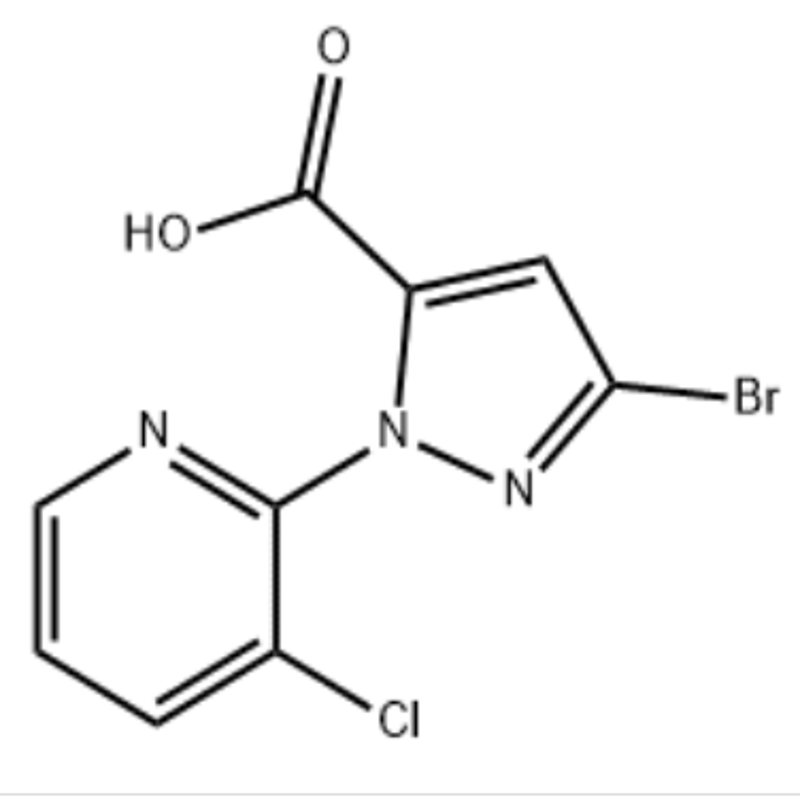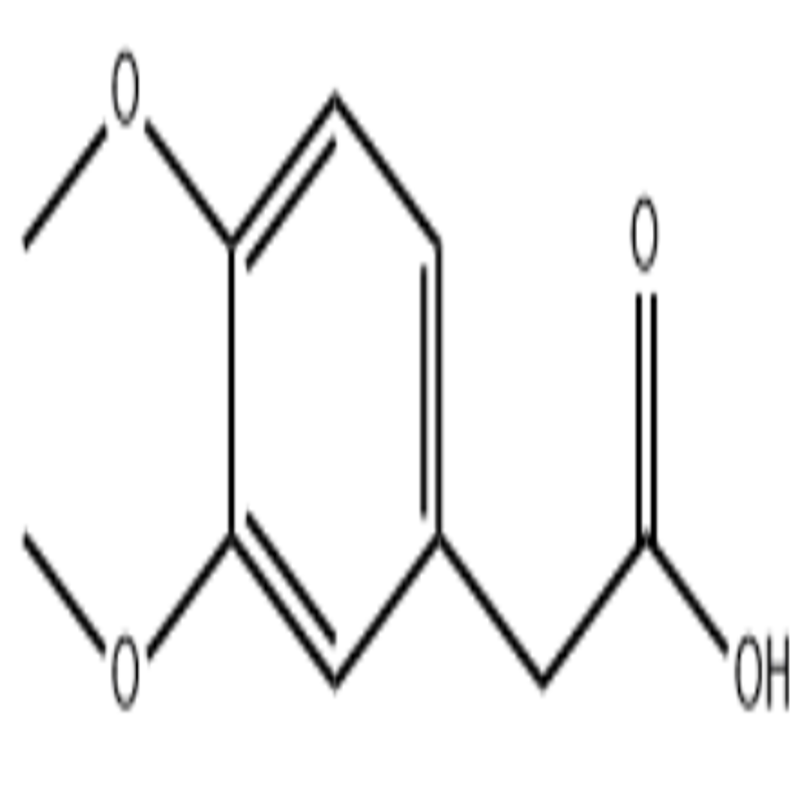-
Categories
-
Pharmaceutical Intermediates
-
Active Pharmaceutical Ingredients
-
Food Additives
- Industrial Coatings
- Agrochemicals
- Dyes and Pigments
- Surfactant
- Flavors and Fragrances
- Chemical Reagents
- Catalyst and Auxiliary
- Natural Products
- Inorganic Chemistry
-
Organic Chemistry
-
Biochemical Engineering
- Analytical Chemistry
-
Cosmetic Ingredient
- Water Treatment Chemical
-
Pharmaceutical Intermediates
Promotion
ECHEMI Mall
Wholesale
Weekly Price
Exhibition
News
-
Trade Service
3-Chloro-6-morpholinopyridazine is an important organic compound that has numerous applications in the chemical industry.
It is widely used as a precursor to other compounds and is an essential intermediate in the production of various chemicals.
The synthetic routes to 3-chloro-6-morpholinopyridazine can vary depending on the desired product and the starting materials available.
In this article, we will discuss some of the most commonly used synthetic routes to this compound.
One of the most commonly used synthetic routes to 3-chloro-6-morpholinopyridazine involves the reaction of 2-chlorobenzaldehyde and N-morpholinopyrrolidine.
The reaction is typically carried out in the presence of an acid catalyst, such as sulfuric acid, and the resulting product is isolated by filtration and washing with water.
This route is commonly used because it provides a simple and efficient method for synthesizing 3-chloro-6-morpholinopyridazine.
Another synthetic route to 3-chloro-6-morpholinopyridazine involves the reaction of 3-chloroaniline with N-morpholinopyrrolidine in the presence of a strong acid catalyst, such as sulfuric acid.
The reaction is typically carried out in a water bath at a temperature of around 50-60°C.
The product is isolated by filtration and washing with water, and the resulting product is identical to that obtained by the previous route.
A third synthetic route to 3-chloro-6-morpholinopyridazine involves the reaction of 3-chloroaniline with N-morpholinopyrrolidine in the presence of sodium hydroxide.
The reaction is typically carried out in aqueous solution at a temperature of around 60-70°C.
The product is isolated by precipitation with water, and the resulting product is identical to that obtained by the previous routes.
These are just a few of the many synthetic routes to 3-chloro-6-morpholinopyridazine.
The specific route chosen will depend on the desired product and the availability of starting materials.
In addition, the conditions for the reaction can also be adjusted to optimize the yield of the desired product.







